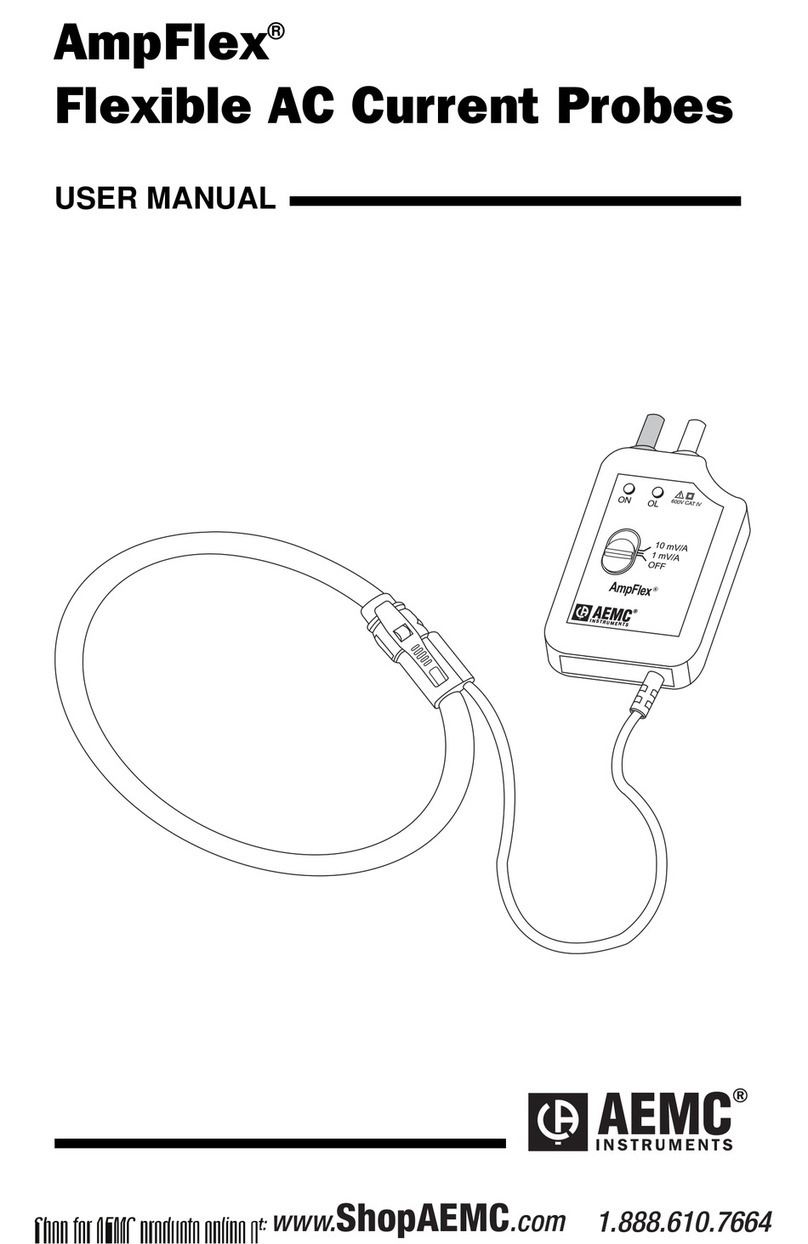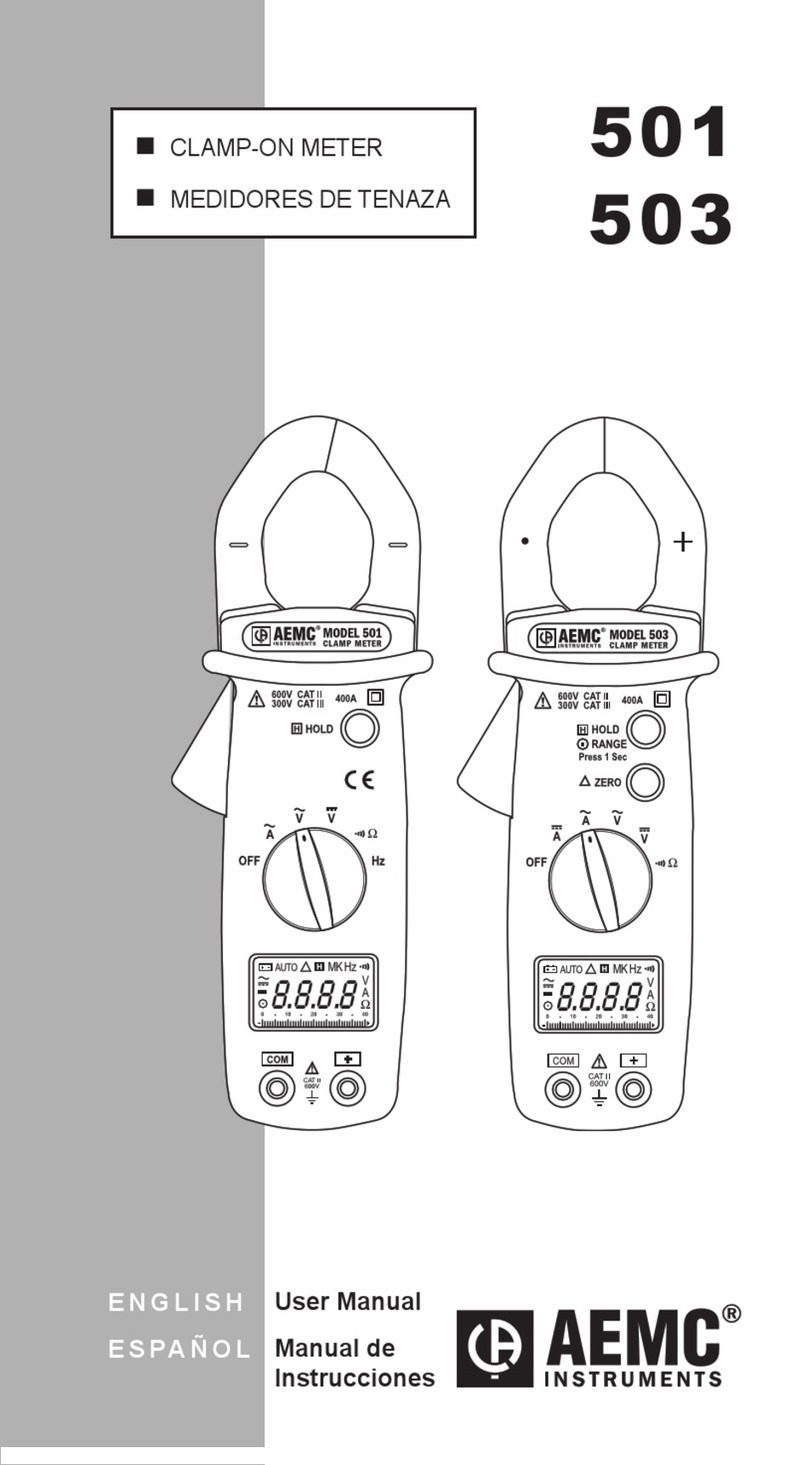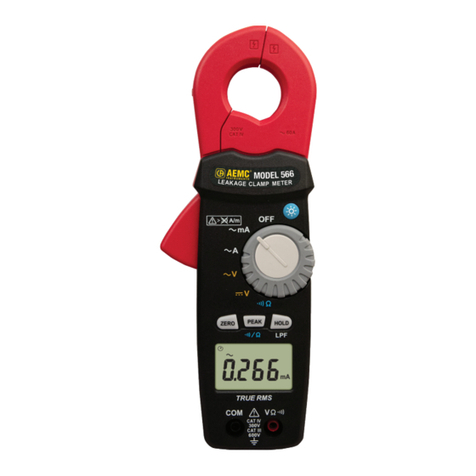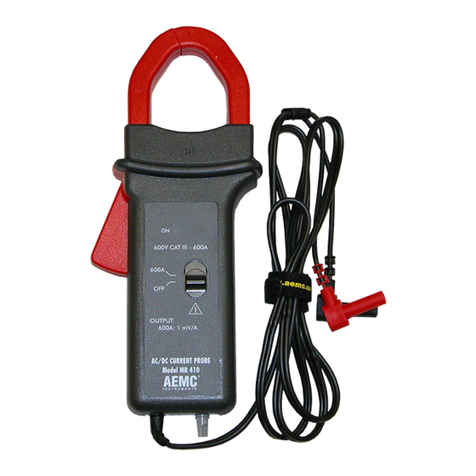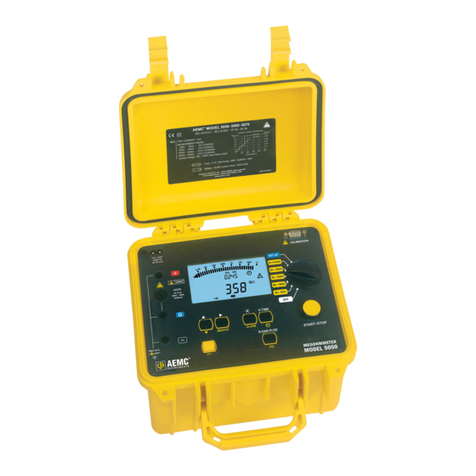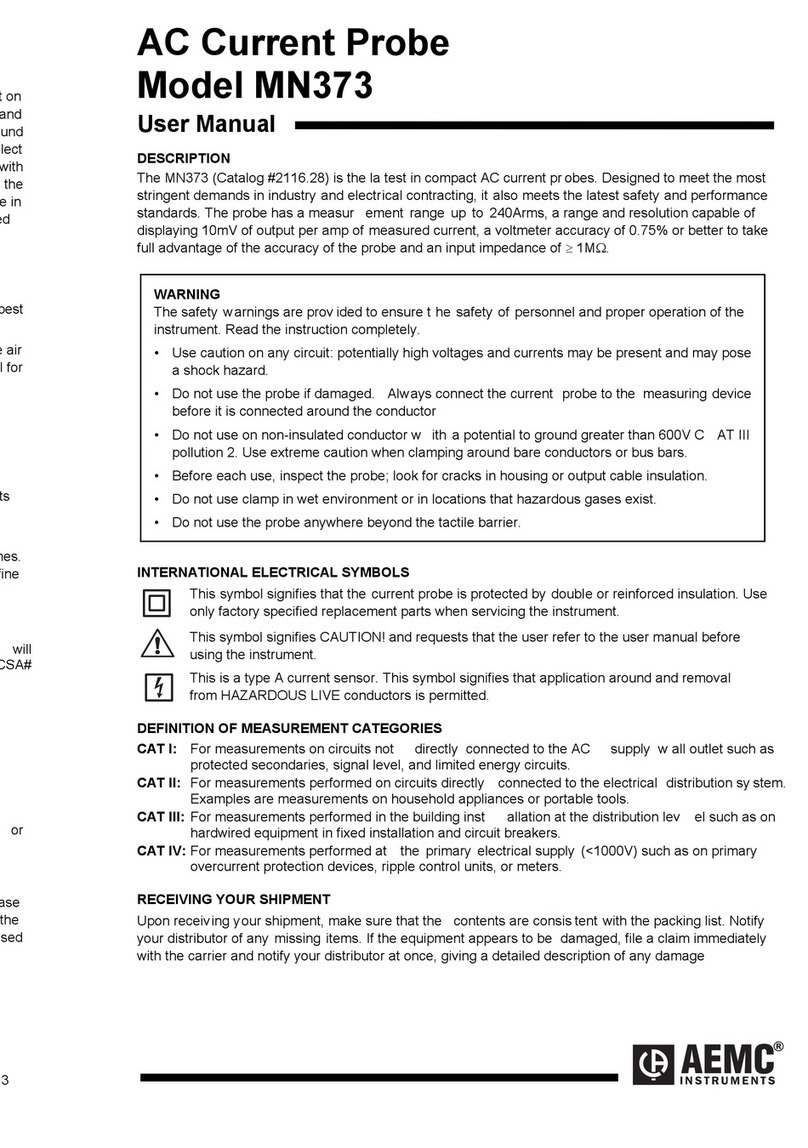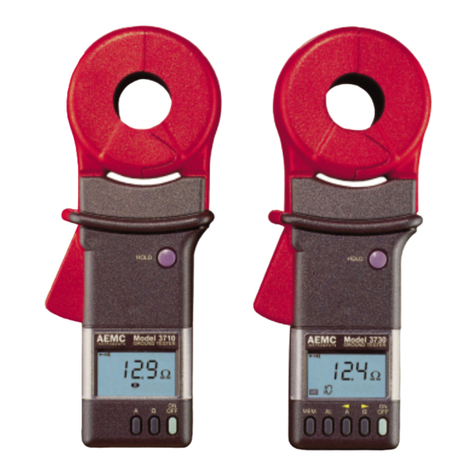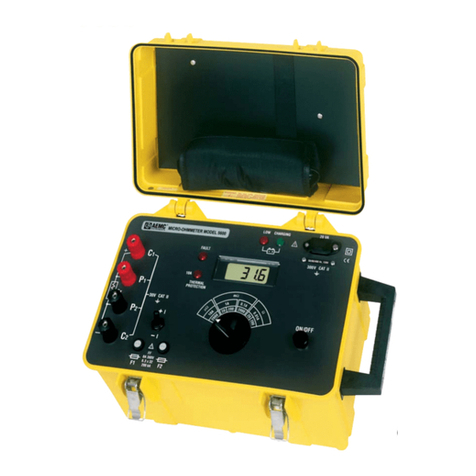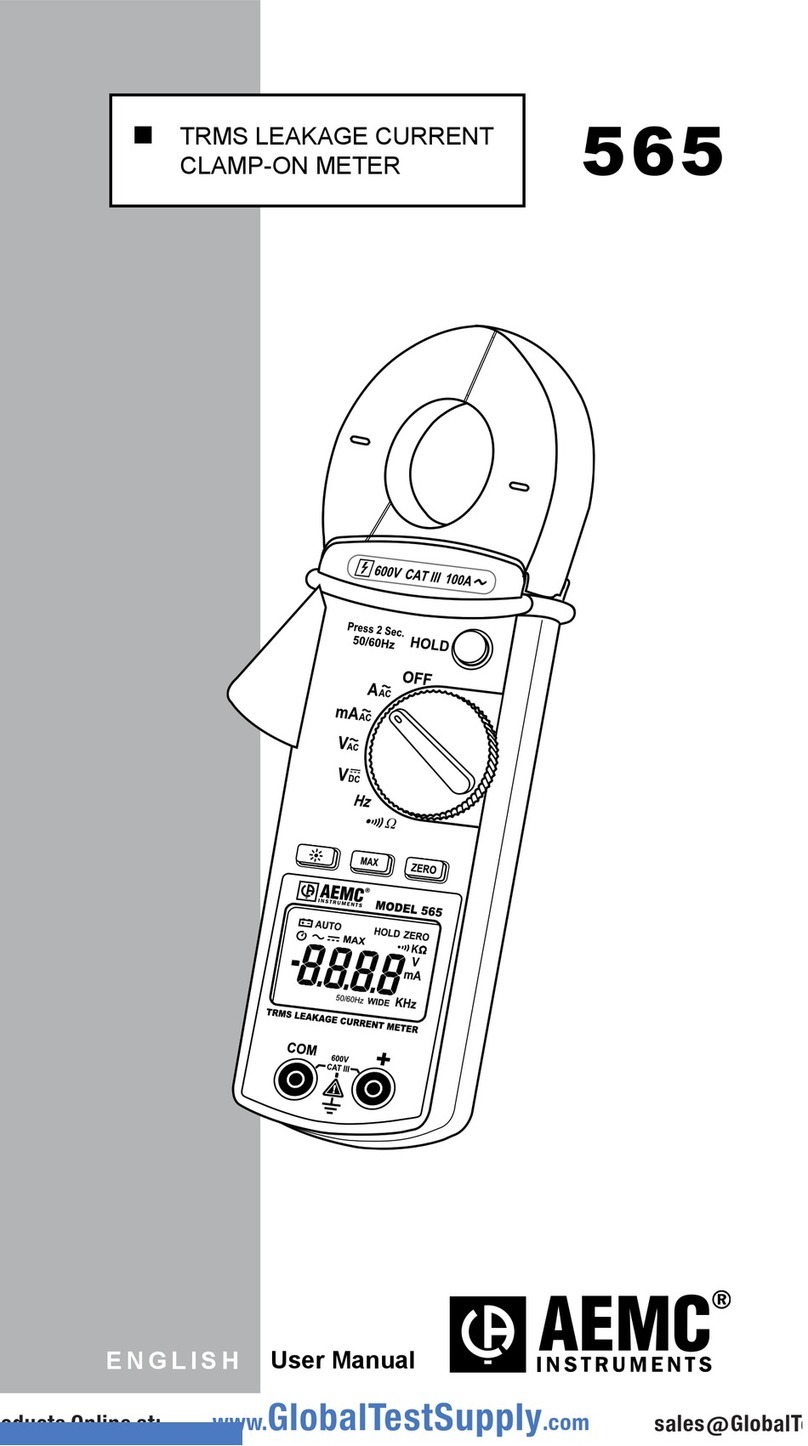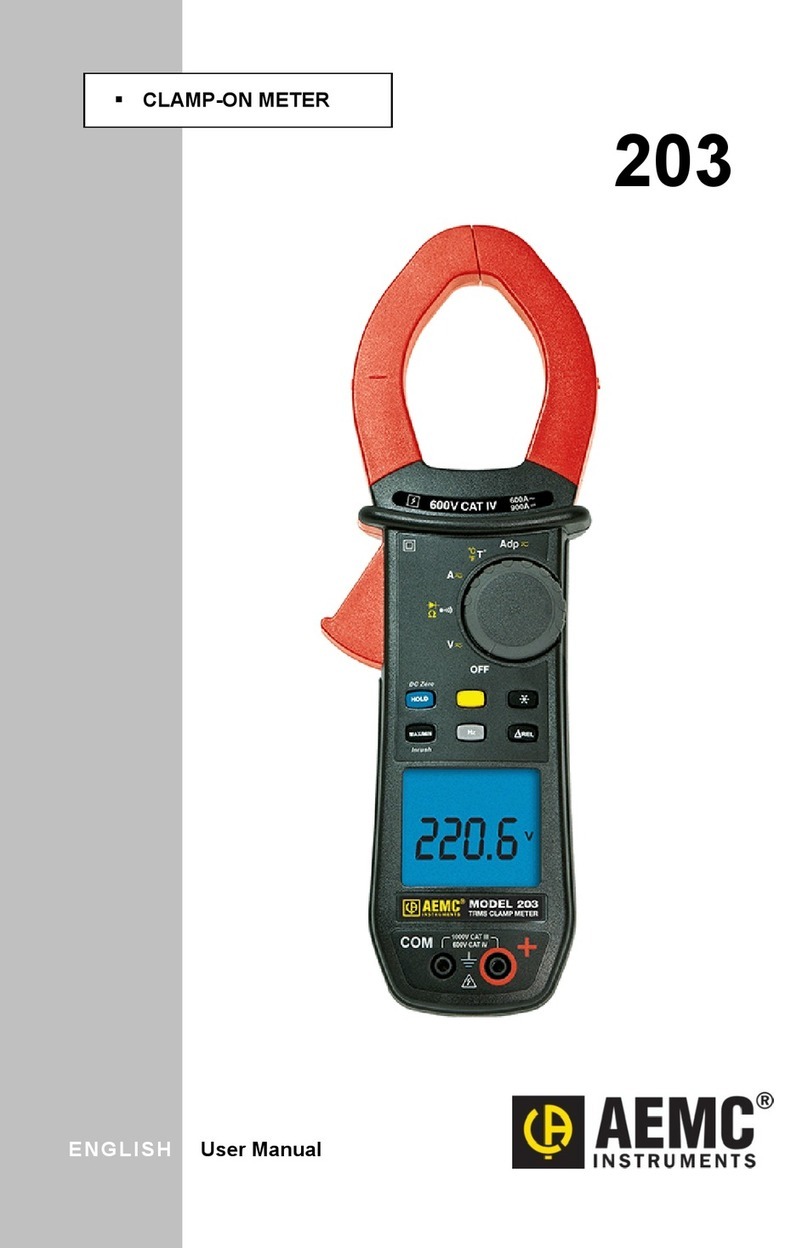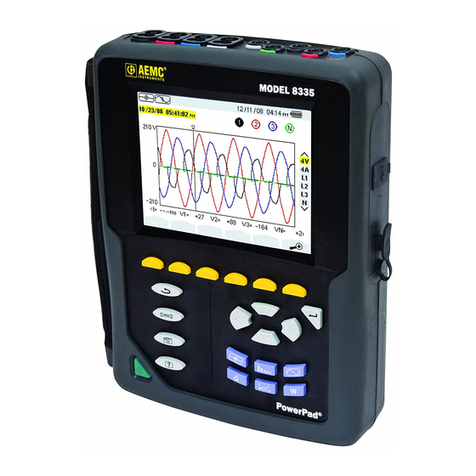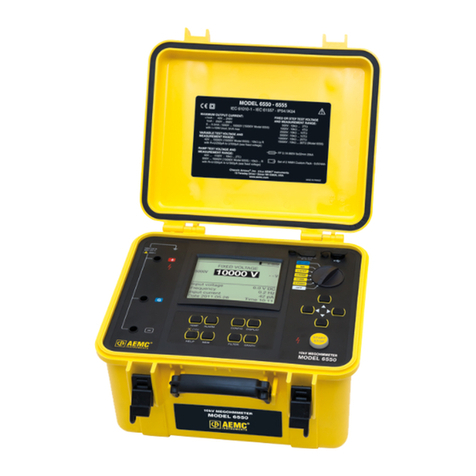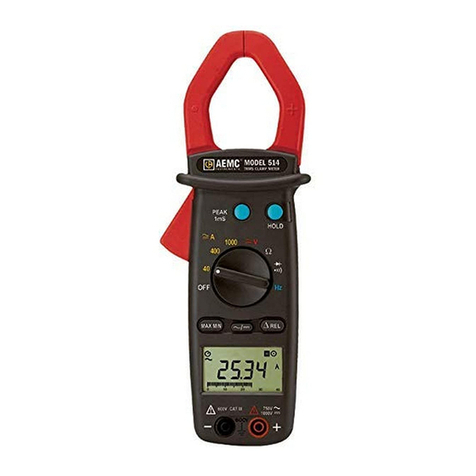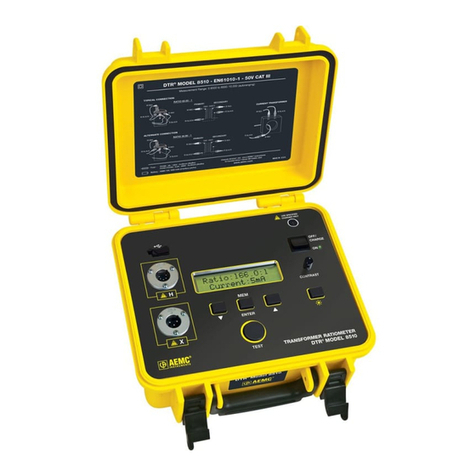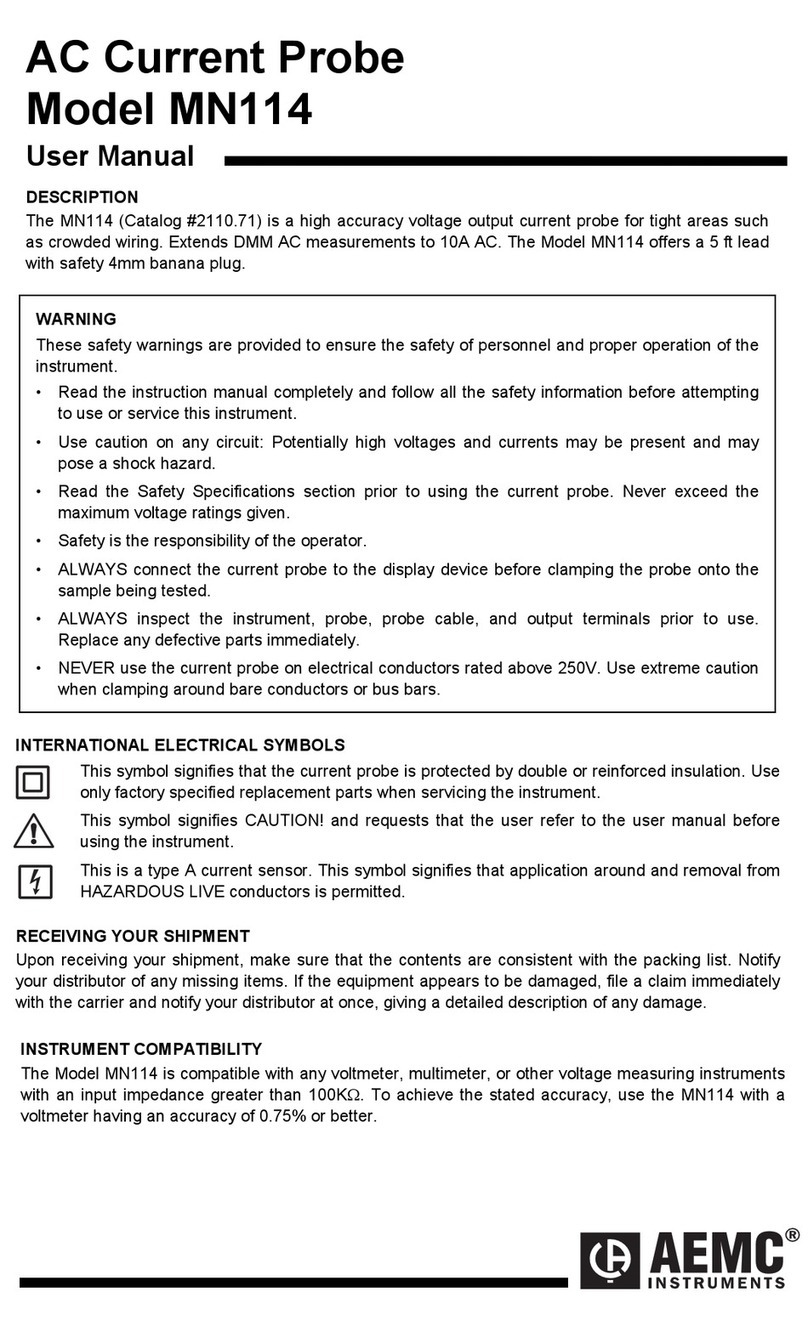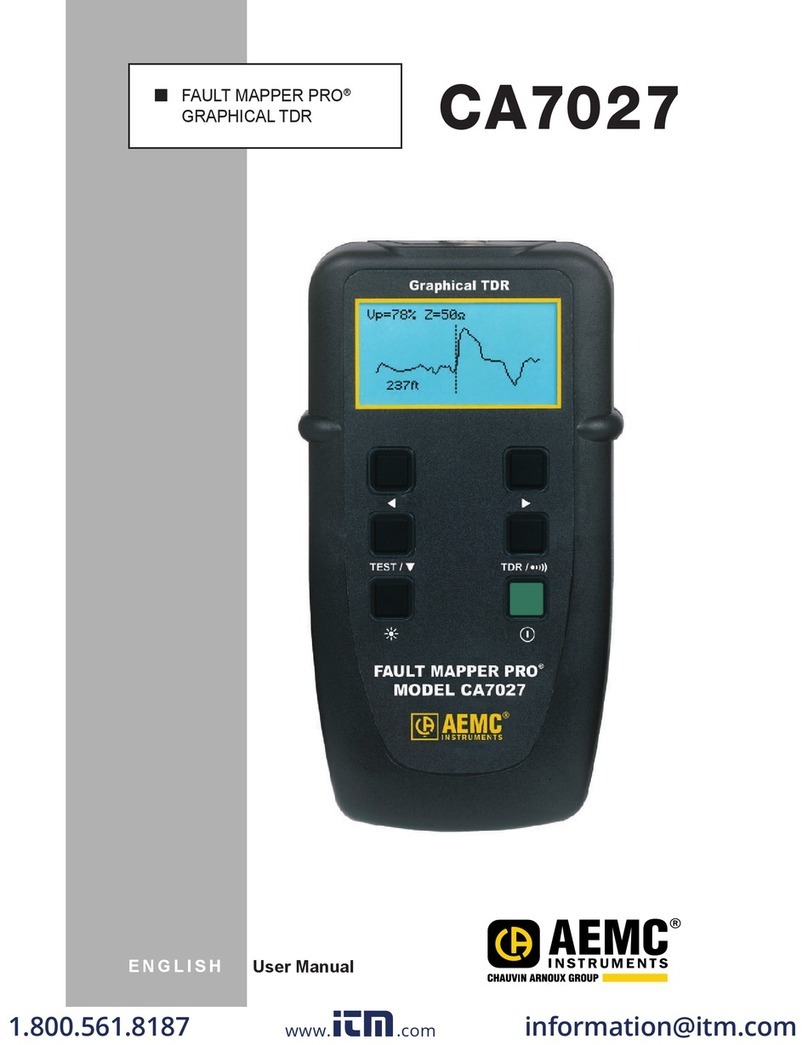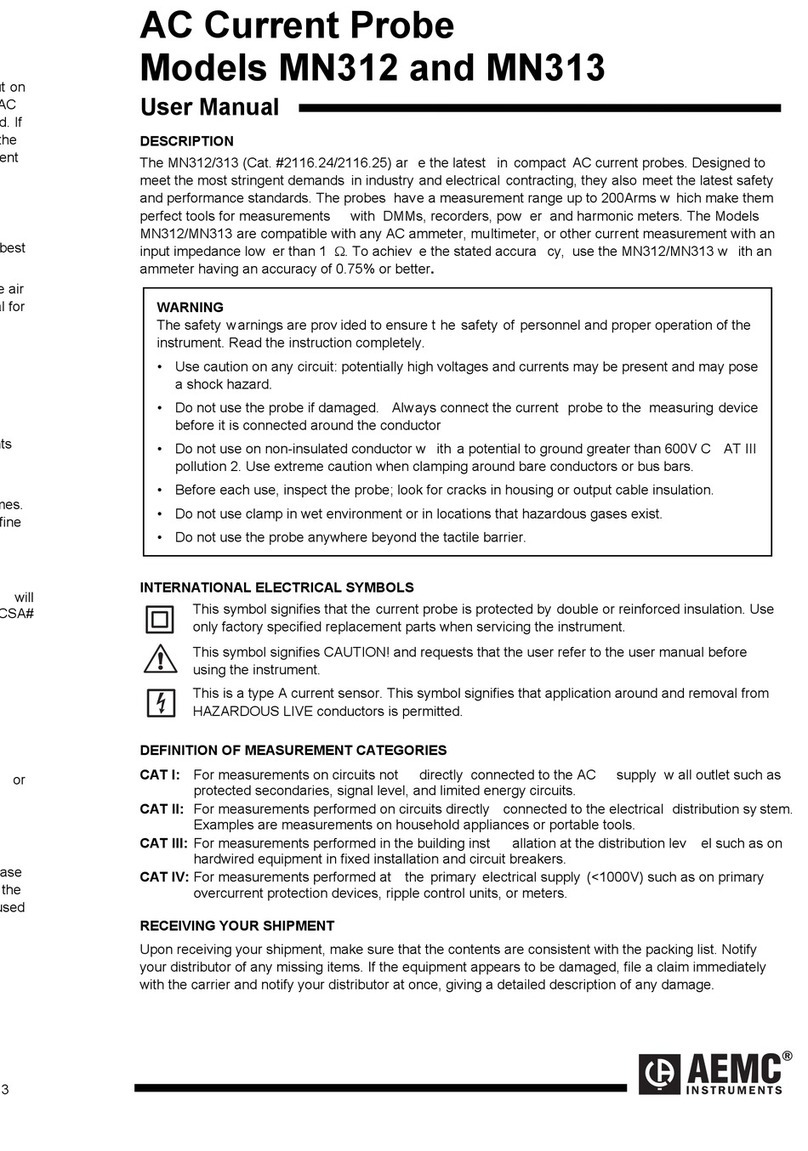
5. WAVEFORM CAPTURE...........................................................................................................................................................................................40
5.1. TRANSIENT MODE .......................................................................................................................................................................................40
5.1.1. CONFIGURING AND STARTING A SEARCH.....................................................................................................................................41
5.1.2. DISPLAYING A TRANSIENT..............................................................................................................................................................41
5.1.3. DELETING A SEARCH FOR TRANSIENTS .......................................................................................................................................42
5.1.4. DELETE A TRANSIENT .....................................................................................................................................................................42
5.2. INRUSH CURRENT MODE............................................................................................................................................................................43
5.2.1. CONFIGURING THE CAPTURE ........................................................................................................................................................43
5.2.2. CAPTURE PARAMETERS.................................................................................................................................................................44
5.2.3. TRUE RMS CURRENT AND VOLTAGE .............................................................................................................................................44
5.2.4. INSTANTANEOUS INRUSH CURRENT .............................................................................................................................................46
6. HARMONICS .....................................................................................................................................................................................................48
6.1. PHASE-TO-NEUTRAL VOLTAGE...................................................................................................................................................................48
6.1.1. 3L PHASE-TO-NEUTRAL VOLTAGE HARMONICS DISPLAY SCREEN.............................................................................................48
6.1.2. L1 PHASE VOLTAGE HARMONICS DISPLAY SCREEN ....................................................................................................................49
6.2. CURRENT .....................................................................................................................................................................................................49
6.2.1. 3L CURRENT HARMONICS DISPLAY SCREEN................................................................................................................................49
6.2.2. L1 CURRENT HARMONICS DISPLAY SCREEN................................................................................................................................50
6.3. APPARENT POWER......................................................................................................................................................................................50
6.3.1. 3L APPARENT POWER HARMONICS DISPLAY SCREEN ................................................................................................................50
6.3.2. L1 APPARENT POWER HARMONICS DISPLAY SCREEN ................................................................................................................51
6.4. PHASE-TO-PHASE VOLTAGE .......................................................................................................................................................................51
6.4.1. 3L PHASE-TO-PHASE VOLTAGE HARMONICS DISPLAY SCREEN .................................................................................................51
6.4.2. L1 PHASE-TO-PHASE VOLTAGE HARMONICS DISPLAY SCREEN................................................................................................52
6.5. EXPERT MODE .............................................................................................................................................................................................52
6.5.1. PHASE-TO-NEUTRAL VOLTAGE EXPERT MODE DISPLAY SCREEN .............................................................................................52
6.5.2. CURRENT EXPERT MODE DISPLAY SCREEN.................................................................................................................................53
7. WAVEFORM .....................................................................................................................................................................................................54
7.1. TRUE RMS ....................................................................................................................................................................................................54
7.1.1. 3U RMS DISPLAY SCREEN ...............................................................................................................................................................55
7.1.2. 4V RMS DISPLAY SCREEN ...............................................................................................................................................................55
7.1.3. 4A RMS DISPLAY SCREEN ...............................................................................................................................................................55
7.1.4. RMS DISPLAY SCREEN FOR THE NEUTRAL...................................................................................................................................56
7.2. TOTAL HARMONIC DISTORTION .................................................................................................................................................................56
7.2.1. 3U THD DISPLAY SCREEN ...............................................................................................................................................................56
7.2.2. 4V THD DISPLAY SCREEN................................................................................................................................................................56
7.2.3. 4A THD DISPLAY SCREEN................................................................................................................................................................57
7.3. PEAK FACTOR ..............................................................................................................................................................................................57
7.3.1. 3U CF DISPLAY SCREEN ..................................................................................................................................................................57
7.3.2. 4V CF DISPLAY SCREEN..................................................................................................................................................................57
7.3.3. 4A CF DISPLAY SCREEN ..................................................................................................................................................................58
7.4. MAX - MIN AND MEAN VOLTAGE AND CURRENT ........................................................................................................................................58
7.4.1. 3U MAX-MIN DISPLAY SCREEN........................................................................................................................................................58
7.4.2. 4V MAX.-MIN. DISPLAY SCREEN......................................................................................................................................................59
7.4.3. 4A MAX.-MIN. DISPLAY SCREEN......................................................................................................................................................59
7.4.4. L1 MAX.-MIN. DISPLAY SCREEN ......................................................................................................................................................59
7.4.5. NEUTRAL MAX.-MIN. DISPLAY SCREEN.........................................................................................................................................60
7.5. SIMULTANEOUS DISPLAY ...........................................................................................................................................................................60
7.5.1. 3U SIMULTANEOUS DISPLAY SCREEN ...........................................................................................................................................60
7.5.2. 4V SIMULTANEOUS DISPLAY SCREEN ...........................................................................................................................................60
7.5.3. 4A SIMULTANEOUS DISPLAY SCREEN ...........................................................................................................................................61
7.5.4. L1 SIMULTANEOUS DISPLAY SCREEN............................................................................................................................................61
7.5.5. SCREEN FOR SIMULTANEOUS DISPLAY OF NEUTRAL..................................................................................................................61
7.6. PHASOR DIAGRAM.......................................................................................................................................................................................62
7.6.1. 3V PHASOR.......................................................................................................................................................................................62
7.6.2. 3U PHASOR DIAGRAM DISPLAY SCREEN.......................................................................................................................................62
7.6.3. 3A PHASOR DIAGRAM DISPLAY SCREEN.......................................................................................................................................62
7.6.4. L1 PHASOR DIAGRAM DISPLAY SCREEN .......................................................................................................................................63
8. ALARM MODE .....................................................................................................................................................................................................64
8.1. ALARM MODE CONFIGURATION.................................................................................................................................................................64
8.2. ALARM CAMPAIGN CONFIGURATION...........................................................................................................................................................64
8.3. CAMPAIGNS LIST ..........................................................................................................................................................................................65
8.4. ALARMS LIST ................................................................................................................................................................................................65
8.5. DELETING AN ALARM CAMPAIGN................................................................................................................................................................65
8.6. ERASING ALL ALARMCAMPAIGNS..............................................................................................................................................................65
9. TREND MODE .....................................................................................................................................................................................................66
9.1. CONFIGURING AND STARTING A RECORDING ..........................................................................................................................................66
9.2. TREND MODE CONFIGURATION.................................................................................................................................................................66
9.3. VIEWING THE RECORDING LIST.................................................................................................................................................................67
9.4. DELETING RECORDINGS ............................................................................................................................................................................67
9.5. VIEWING RECORDS .....................................................................................................................................................................................67
9.5.1. RECORDING PARAMETERS ............................................................................................................................................................67
9.5.2. TREND GRAPHS ...............................................................................................................................................................................68












